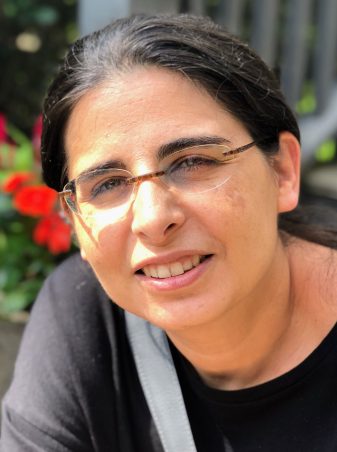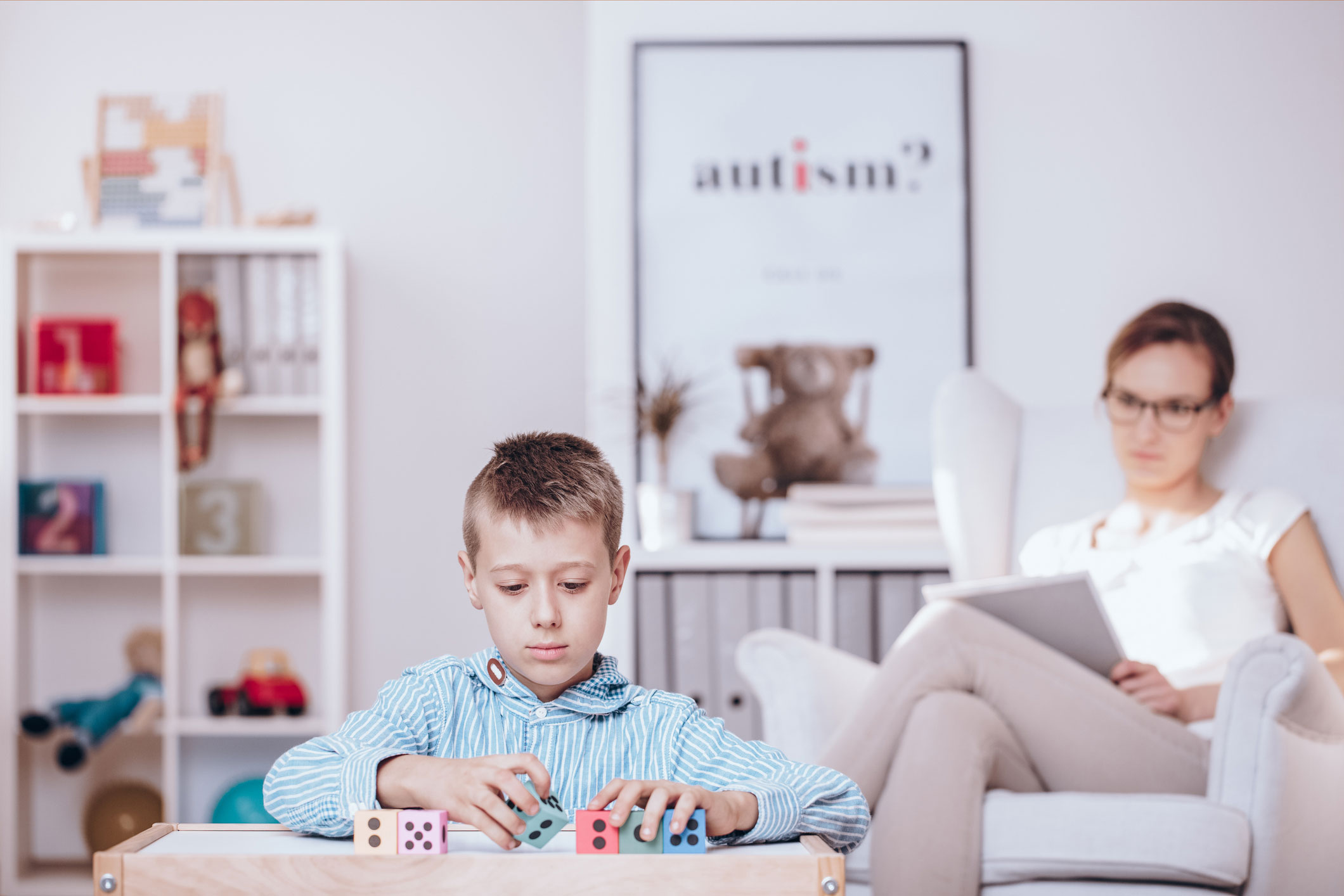Understanding the way neuromechanisms in the brain help humans socialize might prove key to helping people with autism and other disorders like schizophrenia improve the way they connect with others.
That’s the premise behind the research of Dr. Michal Assaf of the Olin Neuropsychiatry Research Center at the Institute of Living, which just earned a $3.6 million grant from the National Institute of Mental Health.

“I’m interested in the social interactions in autism and other disorders” Dr. Assaf said. “We know socializing is a core deficit in autism, but what we don’t know is why. If we understand the neuromechanisms behind human socialization, we might be able to diagnose and treat the deficit better.”
Her research, “Neural Architecture of Social Emotional Processing and Regulation in Autism Spectrum Disorder: A Dynamic Connectivity Perspective,” places social cognition and emotion regulation on a spectrum to examine as dimensions rather than in rigid categories like “abnormal” and “normal.” In following that approach, she said she noticed a lot of overlap in the social behaviors of people with autism and schizophrenia. In fact, she remembered thinking the first patient enrolling in a previous study had autism when he had schizophrenia.
“That made me wonder if socialization is also on a dimension with no lines separating someone with schizophrenia, someone with autism and a typically developing person,” she said. “The next step, then, is finding out if there is something in the brain that is behaving in the same way.”
At Olin, Dr. Assaf uses the functional MRI to scan the brains of people in a resting state and during social interactions, such as asking the participant to play a modified game of dominoes while in the scanner, to see if there’s a difference in activity between an average person and someone with autism or schizophrenia. With the new grant, she will look at brains during simulated emotional-social interactions.
“Autism shows abnormal network activity in the brain when individuals with autism are thinking about another person,” she said, “something we call ‘mentalizing,’ vs. what happens in the brain of a healthy person. In the schizophrenic’s brain, we see similar patterns of abnormal neural coherence, but they might be related to different observed social behavior.”
As part of examining the emotional registry of social interactions with the simulated social interactions, participants will look at videos about happy or sad situations and then will be asked to apply something she calls “emotional regulation manipulation.” In understanding how the brain works and where in the brain the changes happen, it might be possible to manipulate the networks so people feel less sad or more happy in similar situations.
“The main thing is that this will be dimensional and take place on a spectrum of reactions,” she said. “When we compare the reactions to those in normal brains, we hope to get the information we need to help people with autism and schizophrenia.”
She also wants to see if her research team can identify subgroups of people, based on their social behaviors and brain markers that are independent of their diagnoses. She believes the groupings might help identify neural treatment targets – either pharmaceutical or behavioral – in the future. They can also have implications for genetic testing to understand risk.
“What we have now doesn’t work in terms of finding underlying etiology and treatments that help patients,” Dr. Assaf said. “In autism, we’re really treating symptoms.”
Over the next five years, the research team will enroll 200 people ages 18 to 40 with and without autism spectrum disorder. For more information about this and other research going on at Olin, click here.

